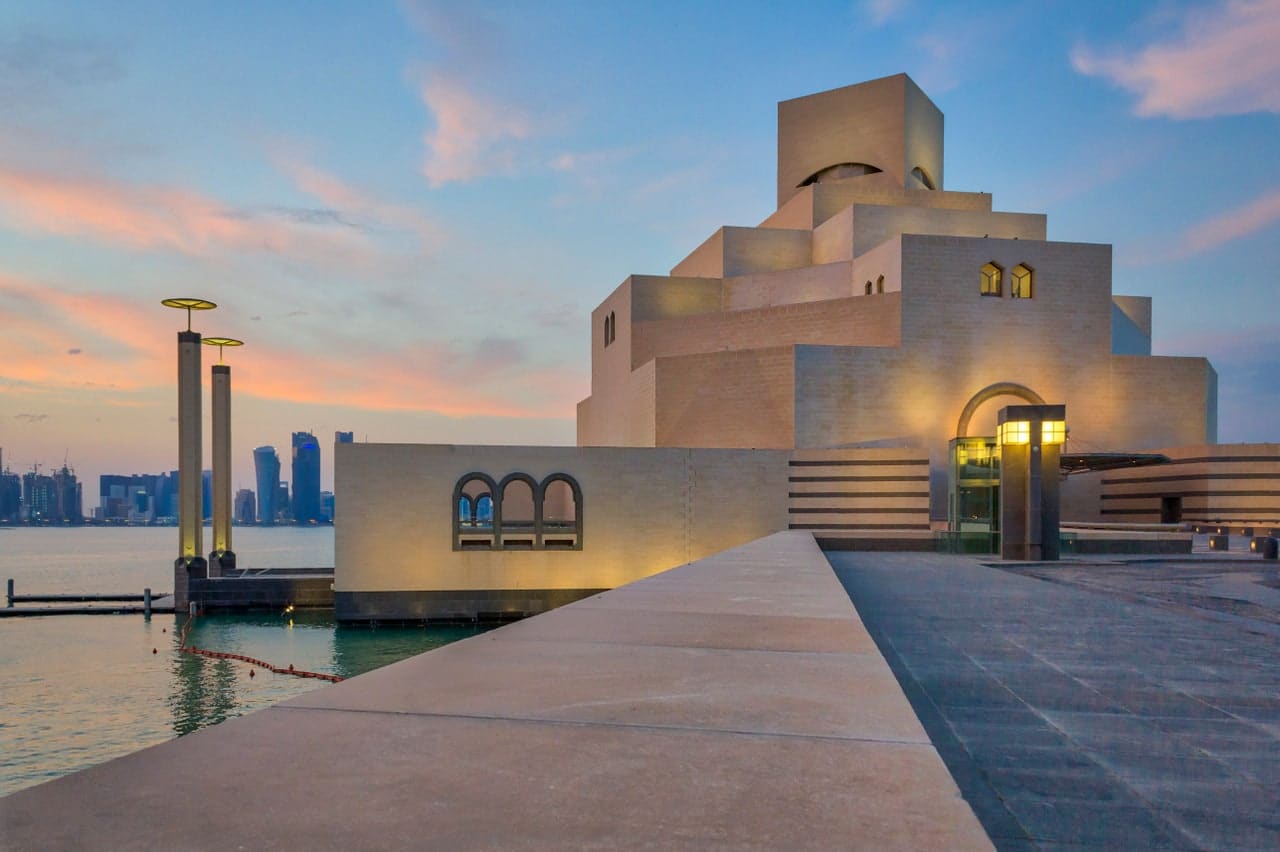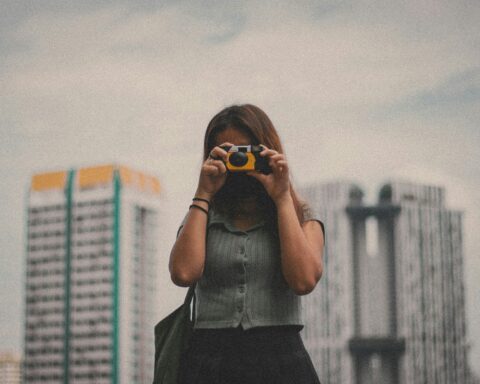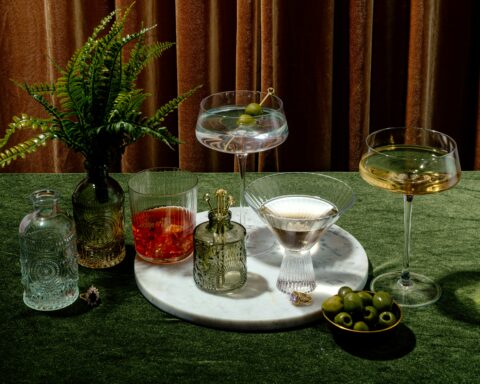After several months of unbearable waiting for art lovers, the culture is disconfirming. Since May 19, 2021, the doors of French museums are reopened to the public. To make up for lost time, Luxus Plus Magazine offers you a selection of the 12 most beautiful museum architectures.
The Hermitage Museum, Saint Petersburg
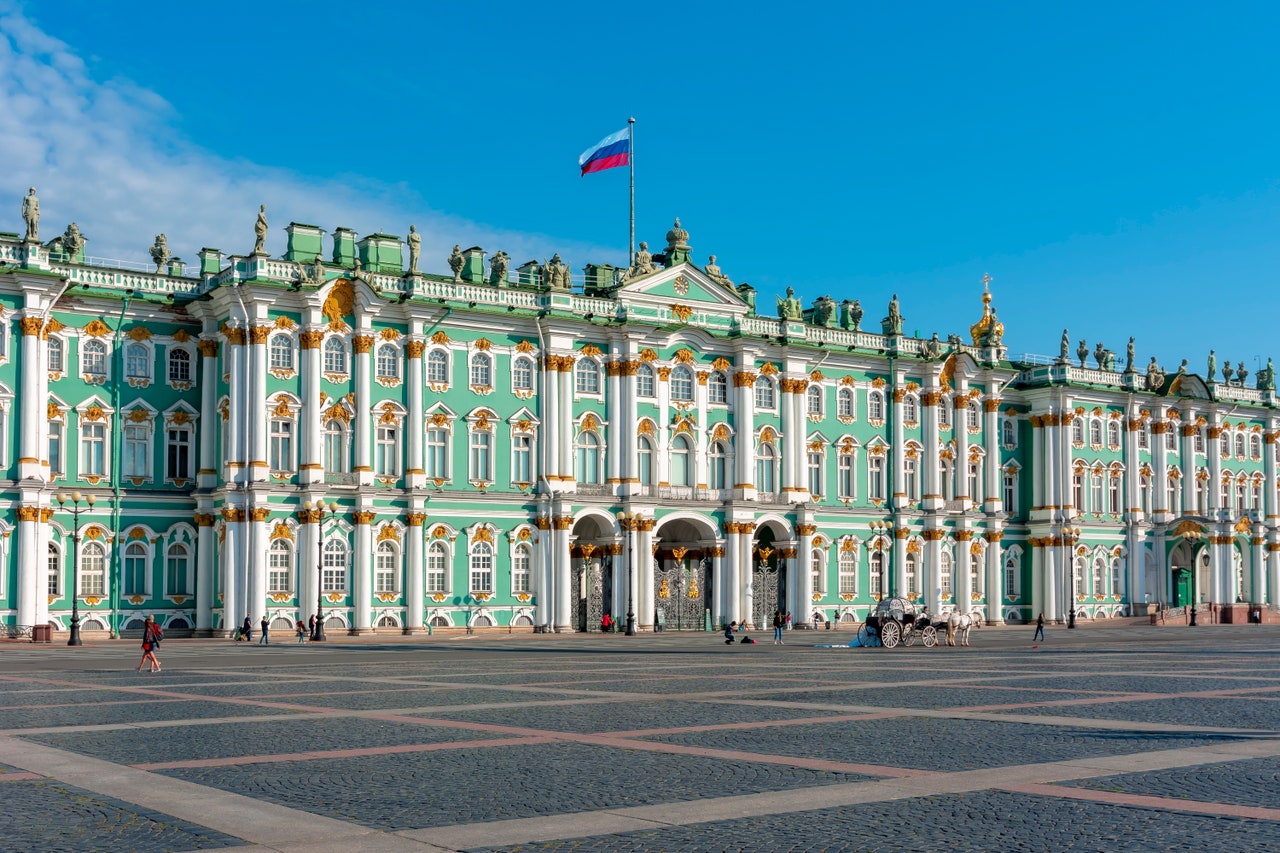
The Hermitage Museum in St. Petersburg, a UNESCO World Heritage Site, is the largest museum in the world in terms of the number of works on display. With its 3 million works and 230,000 m2 of space, the museum was inaugurated in 1764 and is located on the banks of the Neva River. It includes a part of the Winter Palace, residence of the Russian monarchs until the Bolshevik revolution in October 1917. The Winter Palace, an imposing building in Elizabethan Baroque style, was designed by several architects, including Bartolomeo Rastrelli.
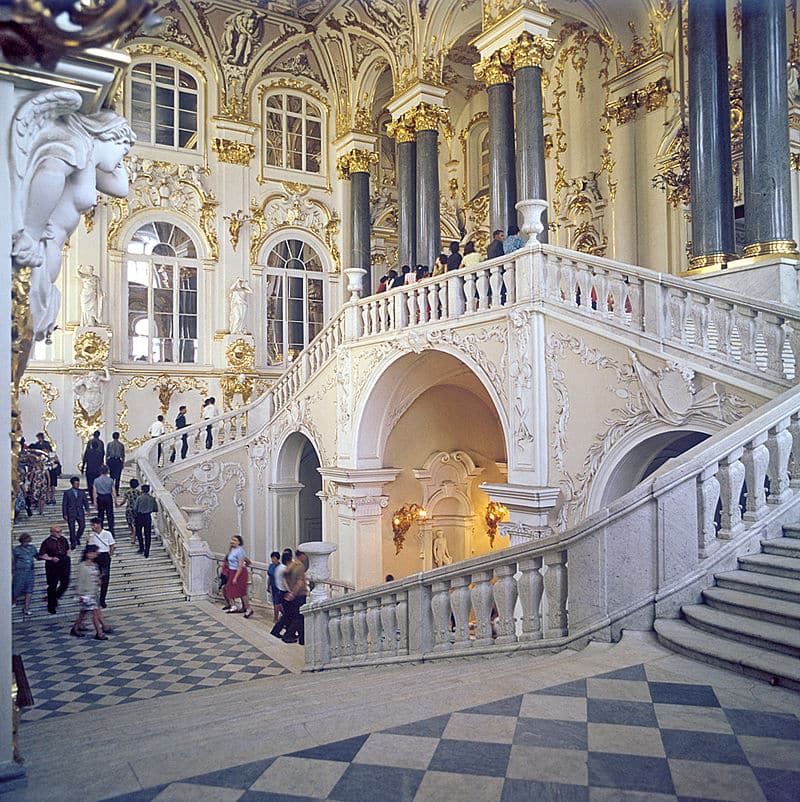
Not to be missed: Pablo Picasso‘s 31 paintings, Leonardo da Vinci‘s two oil paintings (including Madonna Litta), as well as paintings by Rembrandt (Danae), Goya (Portrait of Doña Antonia Zárate), Rubens, Caravaggio (Veronese Pietà and The Lute Player), Henri Matisse, Cézanne (Portrait of a Lady in Blue) and Paul Gauguin.
The National Palace Museum in Taipei
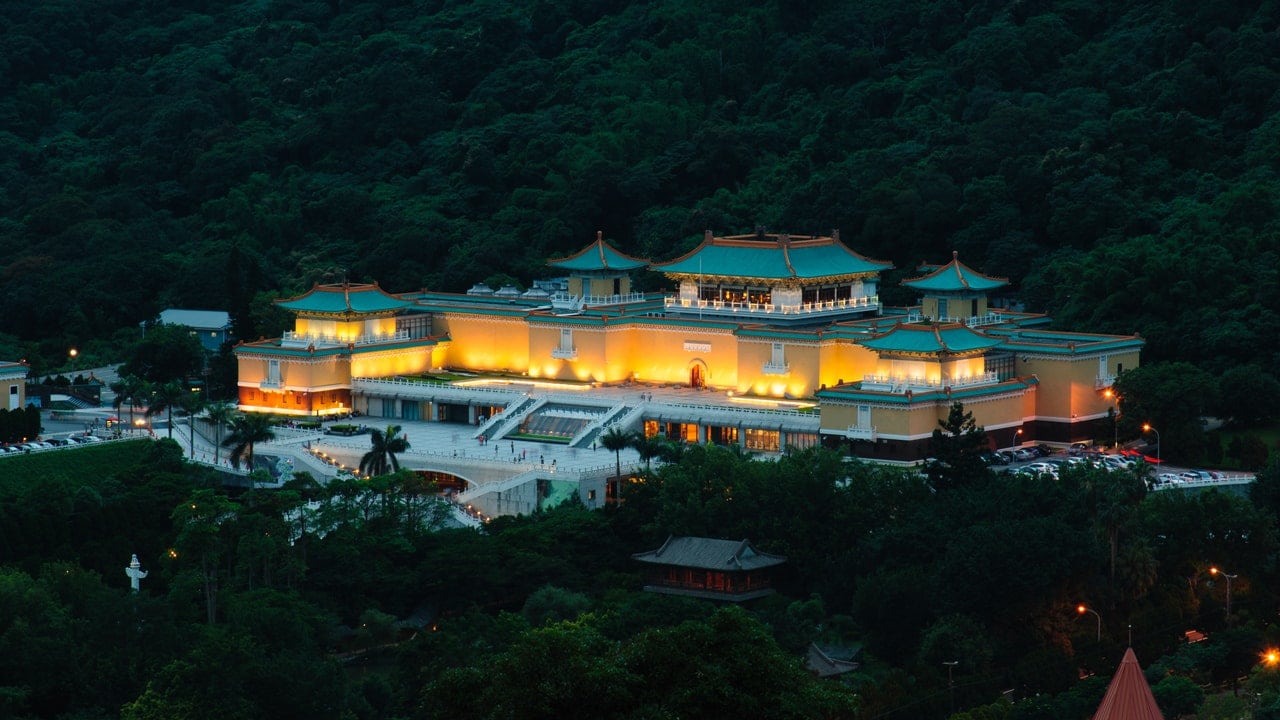
The National Palace Museum is located in the Republic of China, in Taipei, capital of Taiwan. Opened in 1965, it holds the largest collection of Chinese handicrafts as well as the imperial palace collections of the Forbidden City in Beijing, with a total of 1.86 million works. Nestled high in the woods, its sylvan atmosphere gives it the look of an ethereal palace.

Don’t miss: A wide selection of collections that cover a broad time period, from the Stone Age to the birth of the Republic of China in 1912. Pieces from the last four Chinese dynasties (Song, Yuan, Ming, Qing) are on display. The Qing Dynasty archives are in the spotlight, with the unavoidable jadeite cabbage and the boat carved from an olive stone.
The Metropolitan Museum of Art, New York
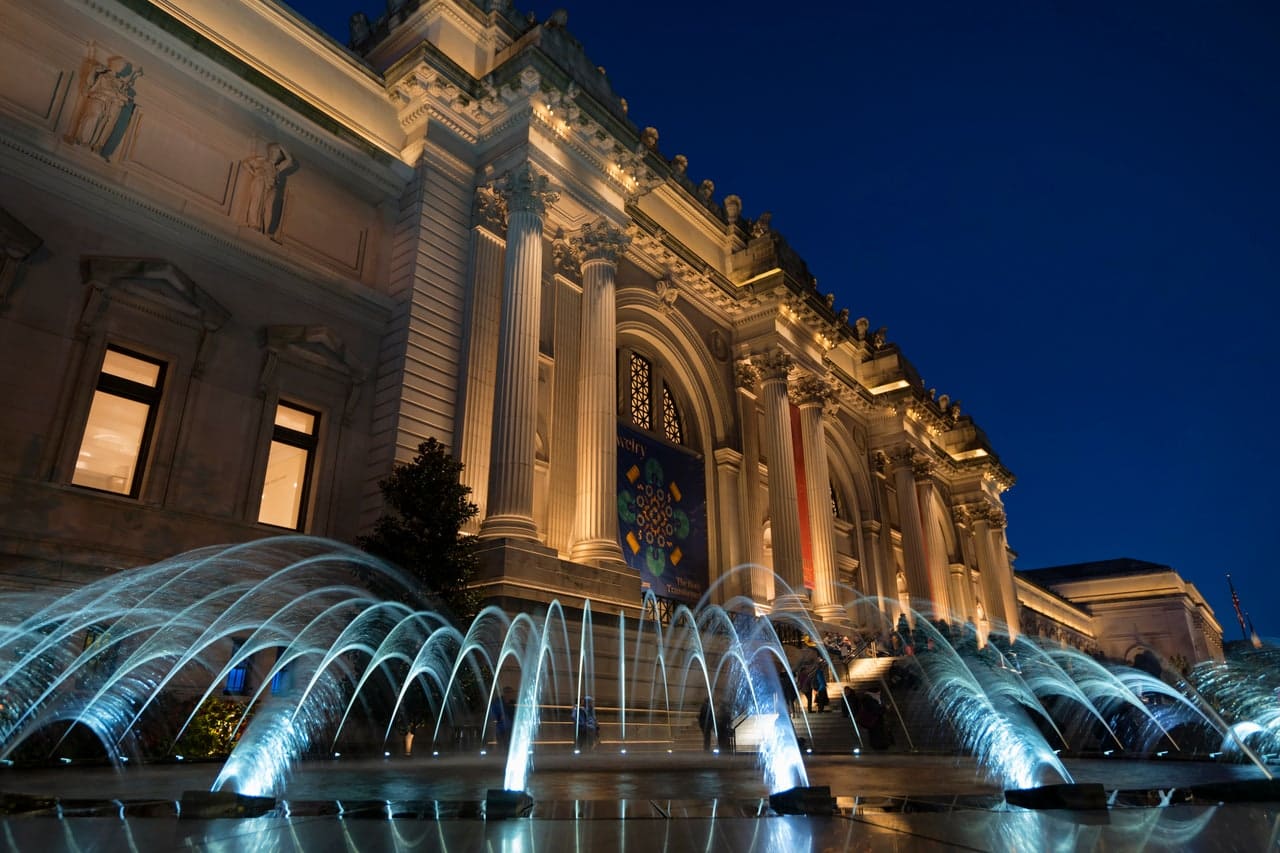
The Metropolitan Museum of Art in New York (also known as the MET) located on Fifth Avenue is one of the largest art museums in the world. With over 2 million works of art, the museum was designed by the great American architect Richard Morris Hunt and opened in 1872. In the spring, the museum presents a much-anticipated fashion exhibition that opens at the MET Gala, the famous annual fundraising gala attended by many celebrities to benefit one of the museum’s wings, the Anna Wintour Costume Center.
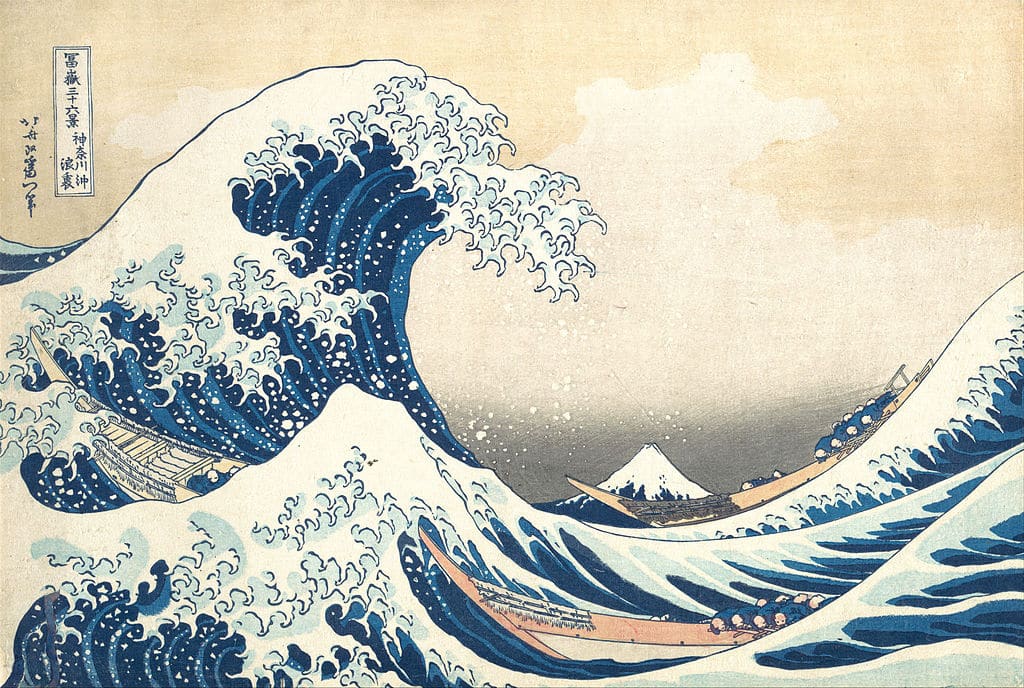
Don’t miss: The MET features a room designed by Frank Lloyd Wright, considered the greatest American architect in history. Don’t miss Vincent van Gogh‘s L’Arlésienne or Japanese painter Hokusai‘s The Great Wave of Kanagawa. A collection of jewelry by the American jeweler Tiffany & Co is also on display.
The Museum of Islamic Art in Doha, Qatar

The Museum of Islamic Arts in Doha, the capital of Qatar, is the largest museum in the city of Doha, surpassing the Qatar National Museum when it opened on November 22, 2008. The selection of works on display covers 14 centuries of Islamic art history. The building was designed by architect IM Pei, the man behind the Louvre Pyramid and winner of the prestigious Pritzker Architecture Prize in 1983. The architecture of the Doha Museum of Islamic Art is inspired by the Ibn Tulun Mosque in Cairo.
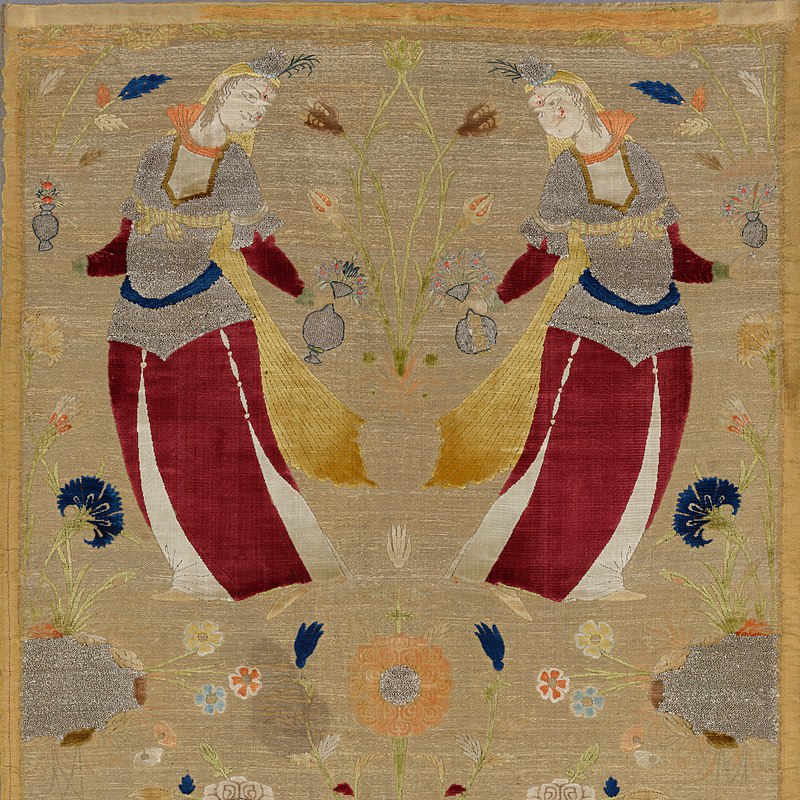
Don’t miss: The permanent collection of 4,000 objects from Spain to India, ranging from the seventh century to the 19th century. Sumptuous 17th-century Iranian fabrics and 15th-century mosaics are the museum‘s must-see pieces.
The Rijksmuseum, Amsterdam

The Rijksmuseum in Amsterdam is the Dutch national museum, opened on July 13, 1885. With more than 2.4 million visitors each year, it is the most visited museum in the country. The Rijksmuseum preserves nearly 800 years of art history, and has a selection of paintings from the Golden Age, including the greatest Dutch painters of the period such as Rembrandt, Johannes Vermeer, Frans Hals and Jan Steen, which attracts the majority of visitors.
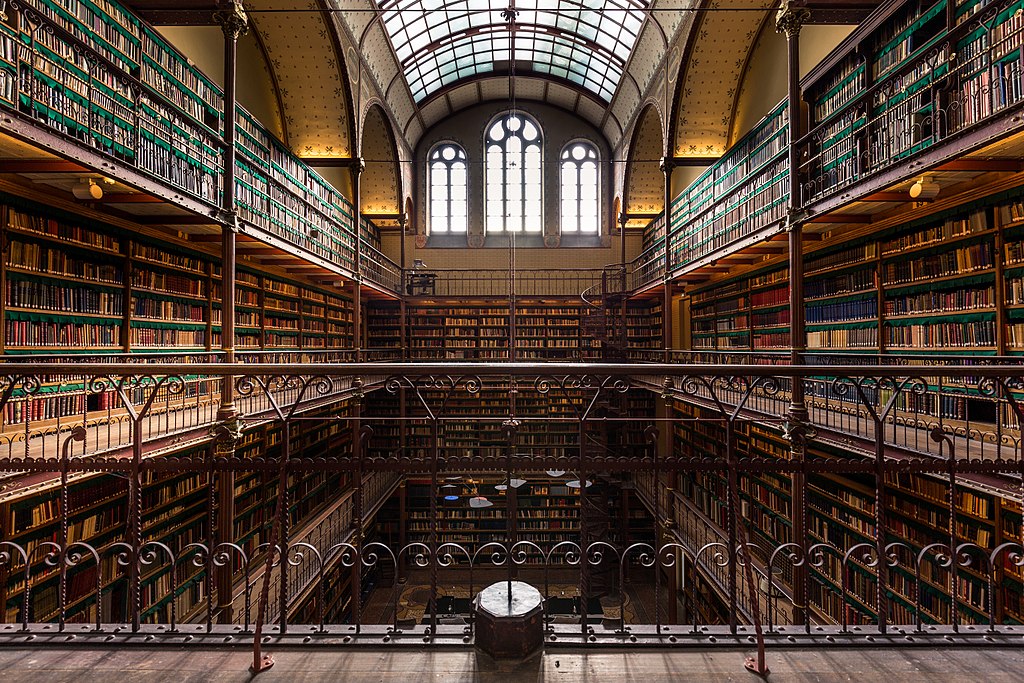
Not to be missed: Major paintings from the Golden Age such as Rembrandt‘s The Night Watch, Johannes Vermeer‘s The Milkmaid, Frans Hals‘ The Merry Drinker and Jan Steen‘s St. Nicholas. The expressionist oil on canvas The Sigel Bridge near the Paleisstraat in Amsterdam by George Hendrik Breitner is also on display at the Rijksmuseum.
The Louvre Museum, Paris

It is no longer presented. The Louvre Museum in Paris is the most visited museum in the world, but also the largest museum of art and antiquities. Before it was a museum, the building belonged to the Tuileries Palace, once home to the Kings of France. It was not until the reign of Louis XIV that the idea of making it a museum was born, and it was not until the French Revolution that the project took shape. The museum opened in 1793 and its pyramid was designed by the architect Pei. Its catalog is one of the most extensive in the world, with over 500,000 works on display.
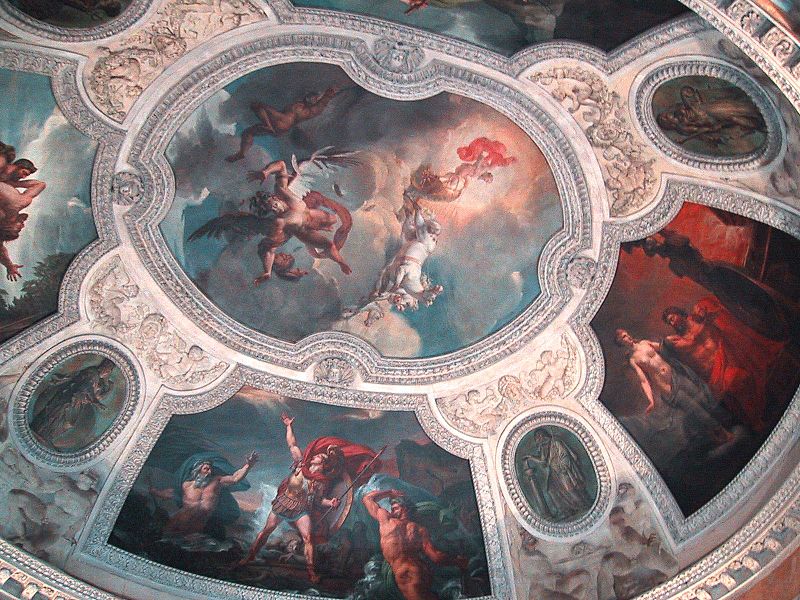
Don’t miss: The museum’s impressive architectural structures, as well as Leonardo da Vinci‘s must-see Mona Lisa, David‘s The Rite of Napoleon, the impressive statues of antiquity, The Venus de Milo and The Victory of Samothrace.
The Yves Saint Laurent Museum, Marrakech

The Yves Saint Laurent Museum in Marrakech (nicknamed MYSLM), which owes its design to Studio Ko, opened on November 17, 2017. Along with its Parisian counterpart, the two Yves Saint Laurent museums exhibit the designer’s works and the Pierre Bergé – Yves Saint Laurent Foundation’s collection. “It was natural to build a museum in Morocco dedicated to the work of Yves Saint Laurent, who, right down to the colors and shapes of his clothes, owes so much to this country,” says Pierre Berger. In 2018, the museum received the award for best new public building at Wallpaper magazine’s Design Awards.
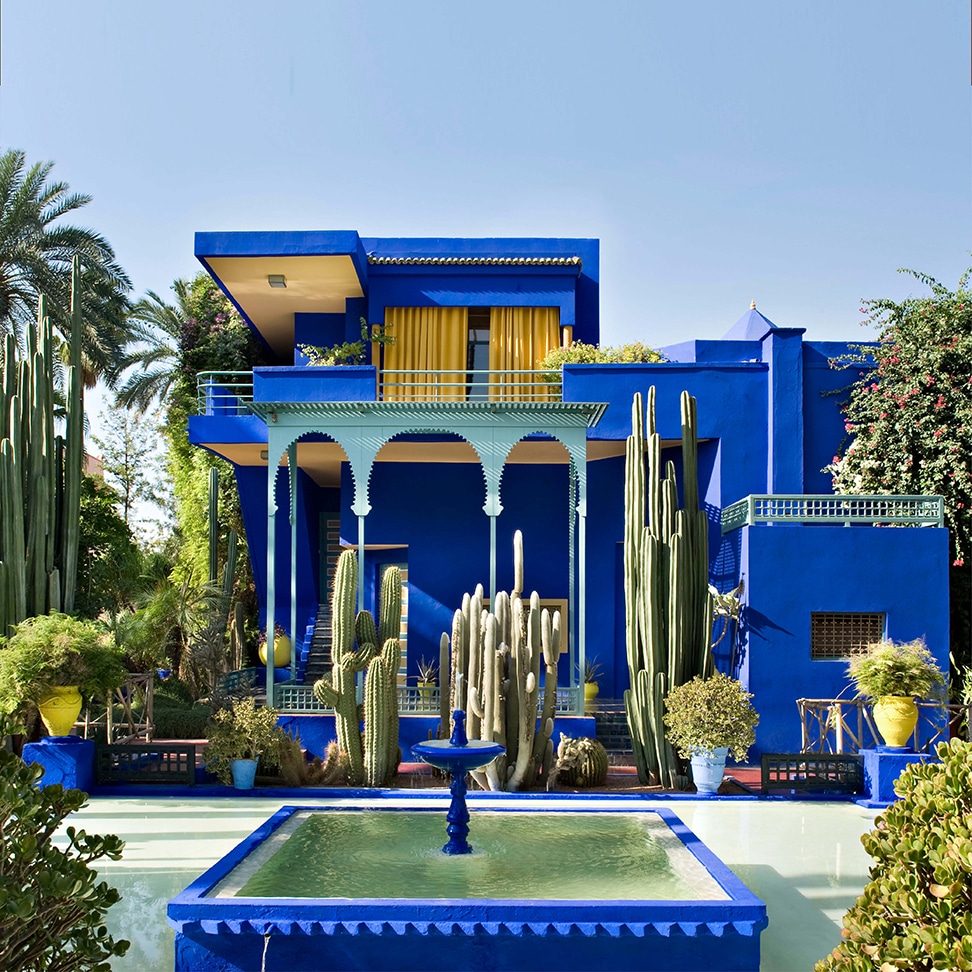
Don’t miss: The Majorelle Garden, located just a stone’s throw away, as well as the many Yves Saint Laurent creations on display, such as the Mondrian dress and the saharienne.
The Vatican Museums, Rome
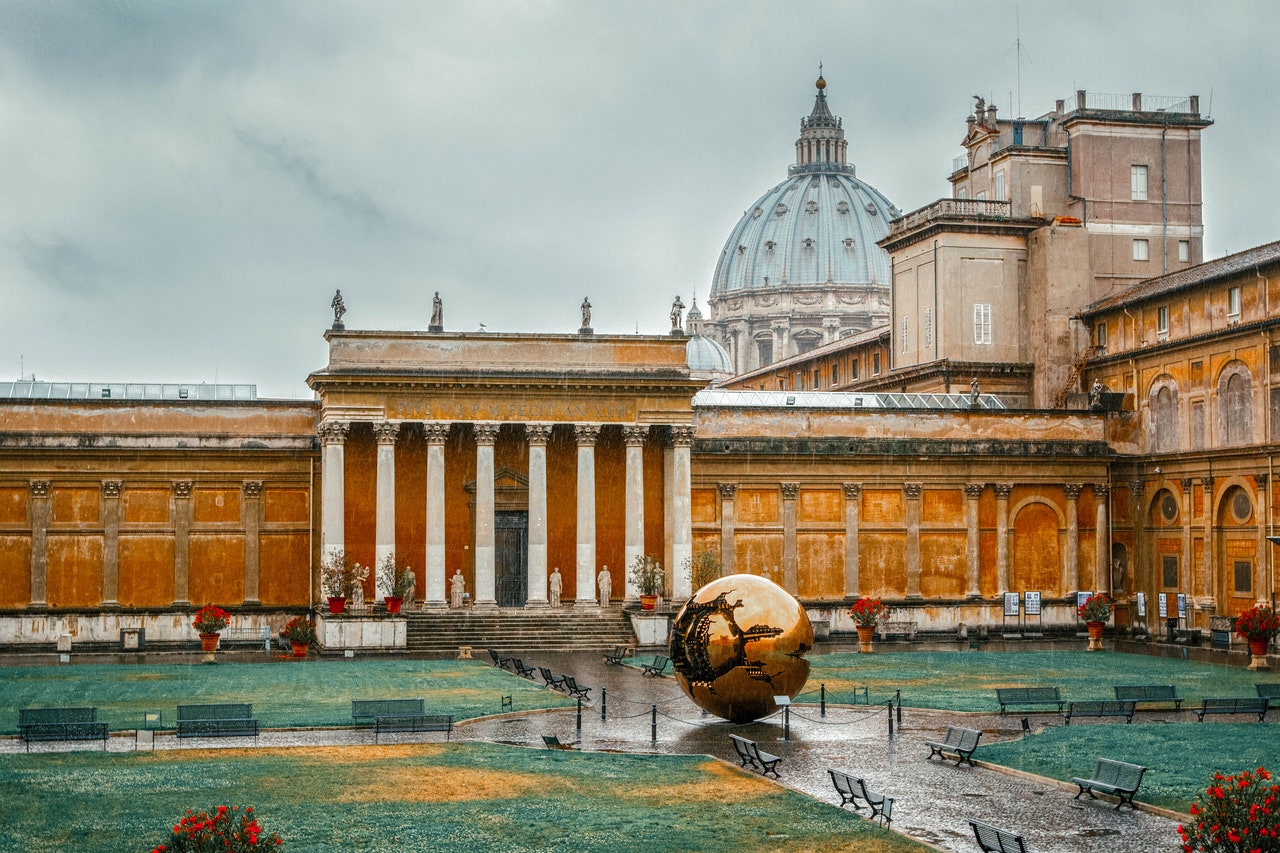
The Vatican Museums in Rome, founded in 1771, are a collection of 12 museums. With their 1,400 rooms and five galleries, the Vatican Museums attract nearly 7 million visitors each year. Housed in part in the Vatican Palace, the Museums‘ art collection, consisting primarily of statues and paintings, is among the largest in the world.
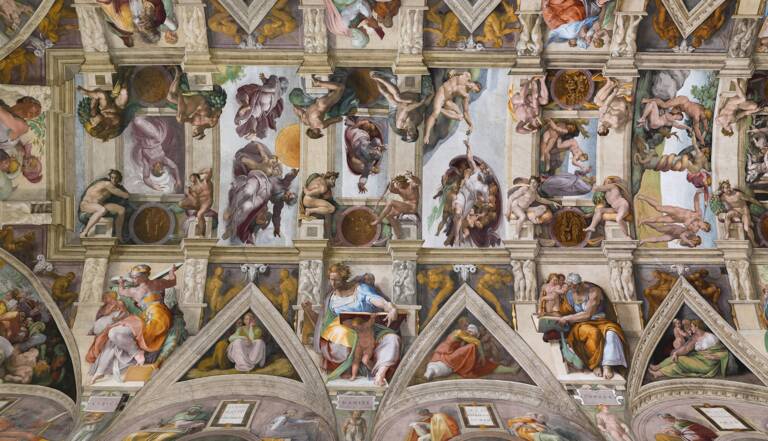
Not to be missed: Among the major works in the museum complex are Caravaggio‘s Entombment, Leonardo da Vinci‘s Saint Jerome as a Hermit, Apollo of the Belvedere, Titian‘s Portrait of Doge Nicolo Marcello, and Paul Gauguin‘s Crucifixion. Above all, don’t miss the Sistine Chapel, one of the most famous buildings in the Vatican Museums, whose ceiling depicting Genesis was completed in 4 years by the Italian artist Michelangelo.
The National Gallery, London
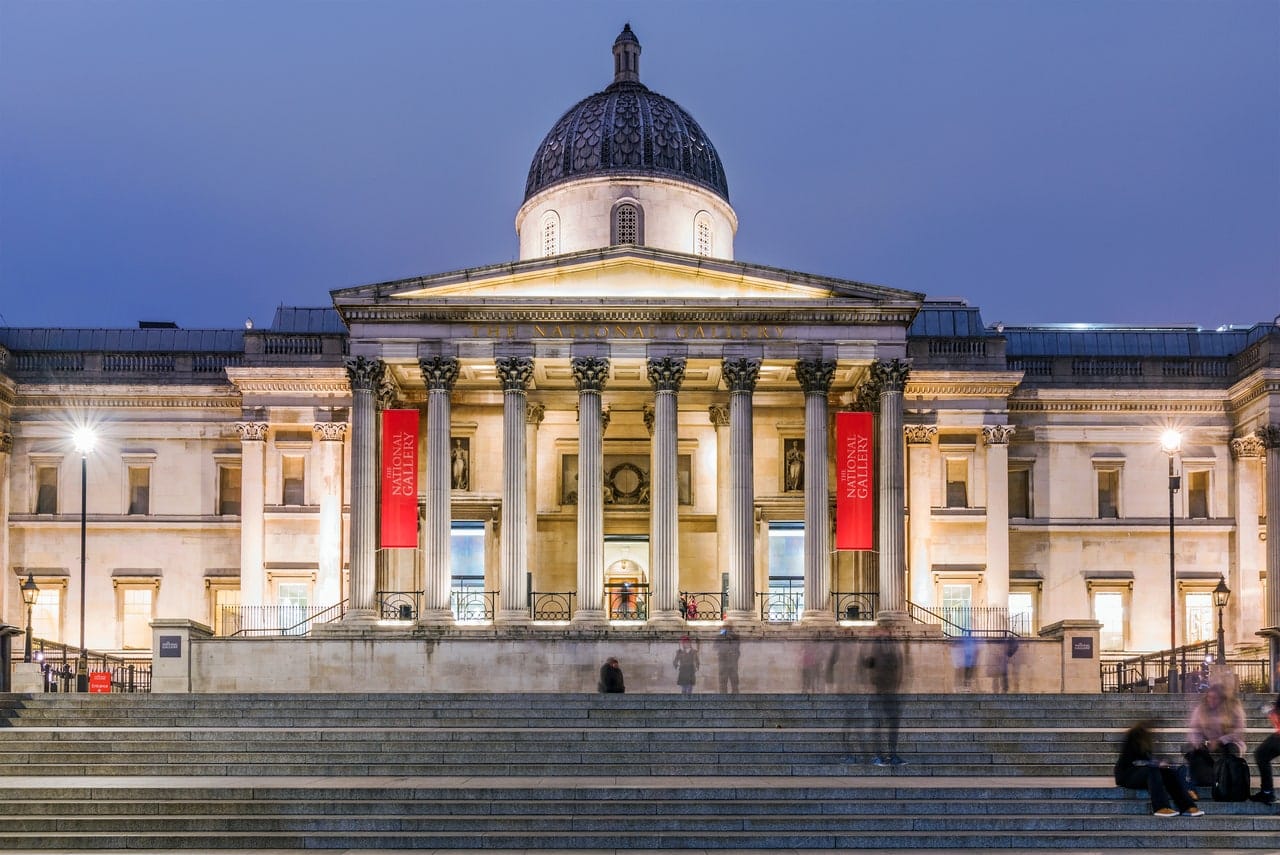
The National Gallery in London, located north of Trafalgar Square, is an art museum founded in the former home of the painter Angerstein in 1824. The bulk of the 2600 works offered by the National Gallery in London are dated from 1250 to 1900. Considered a “non-departmental public body“, admission to the National Gallery is free and attracts more than five million visitors a year.
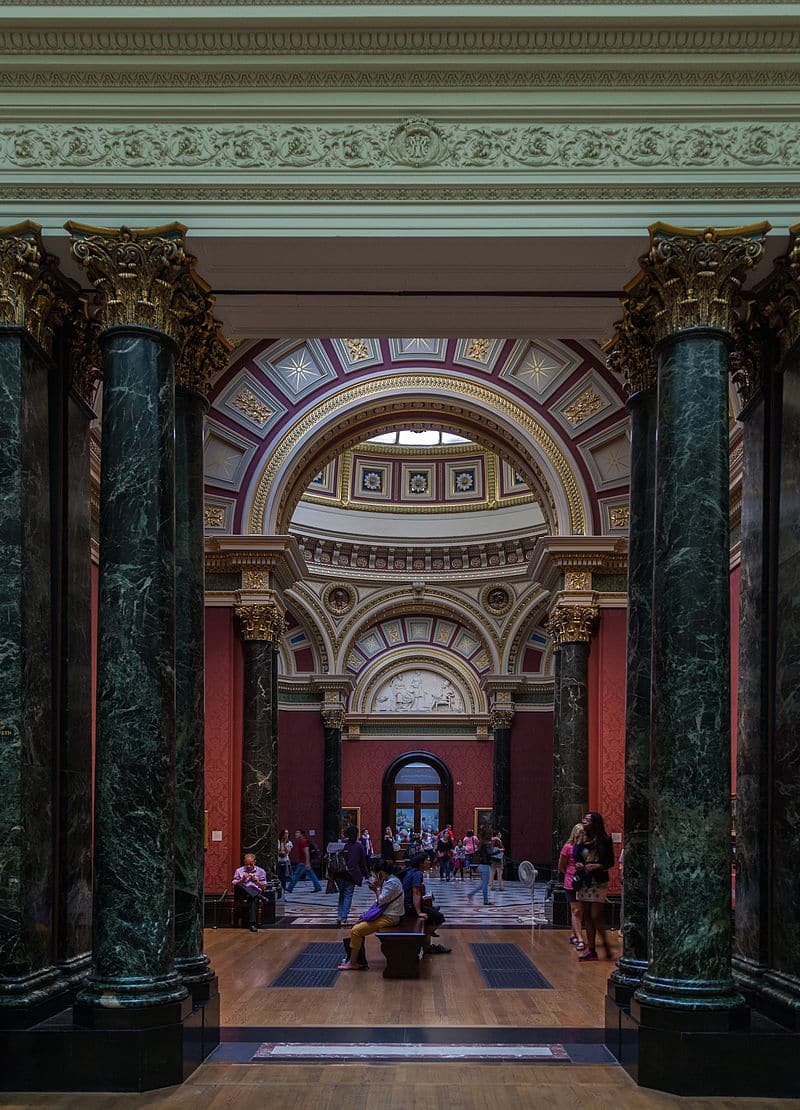
Don’t miss: The National Gallery exhibits a good number of major works, including Leonardo da Vinci‘s The Virgin, Child Jesus with St. Anne and St. John the Baptist, Sebastiano del Piombo‘s The Resurrection of Lazarus, Raphael‘s Madonna of the Carnations, Titian‘s Death of Actaeon, as well as five paintings by Édouard Manet and Goya.
The Museum aan de Stroom, Antwerp

The Museum aan de Stroom (literally Museum on the River) in Antwerp, Belgium, is a cube-shaped museum with modern architecture, housing ethnographic and anthropological collections. The ten-story, 62-meter building was designed by the architectural firm Neutelings-Riedijk Architecten and opened on May 14, 2011. The museum‘s permanent collection includes nearly 470,000 works and the price of its investment amounts to nearly 50 million euros.
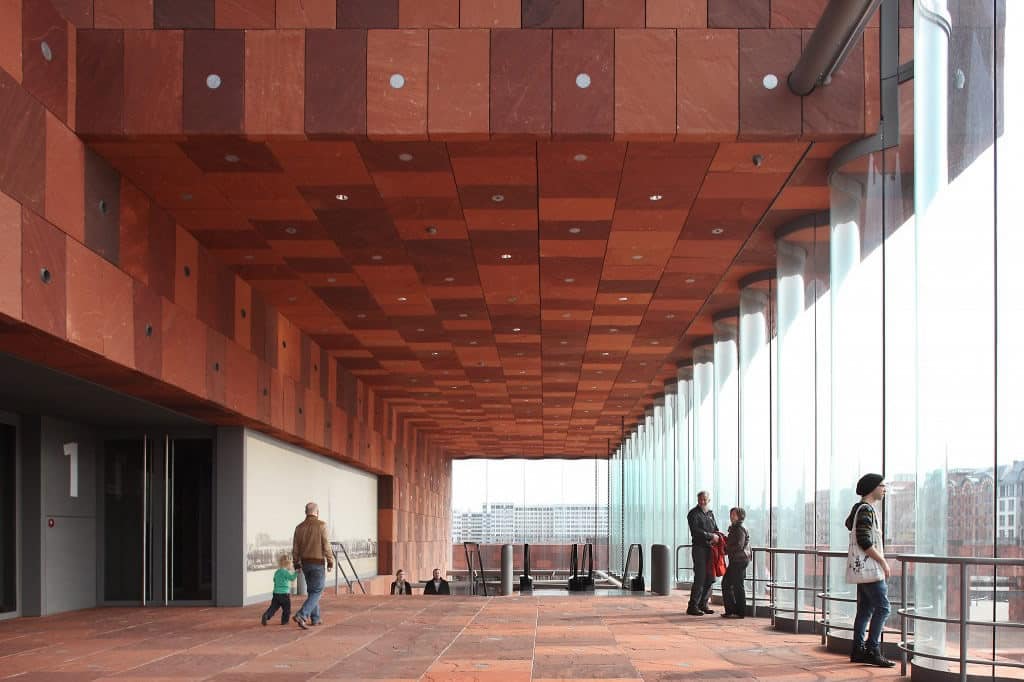
Not to be missed: The Paul and Dora Janssen-Arts collection, as well as the famous work Dead Skull, a 1600 m2 natural stone mosaic that sits in front of the museum, created by artist Luc Tuymans.
The State Historical Museum, Moscow
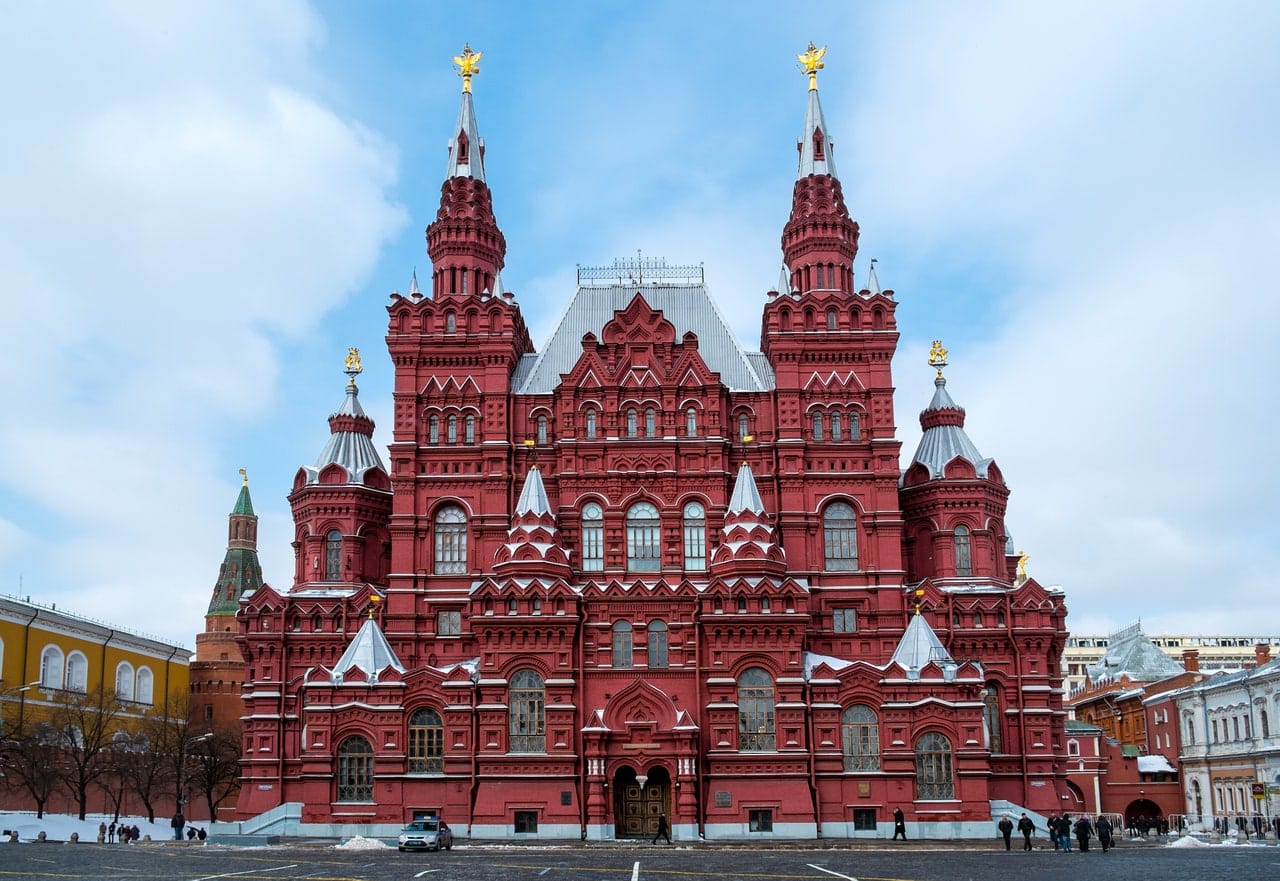
The Moscow State Historical Museum, located between Red Square and Manege Square, has an impressive collection tracing the history of the Land of the Tsars from prehistoric times to present day Russia. Founded in 1872, the Moscow Baroque-style building was originally a medicinal store ordered to be built by Tsar Peter the Great. Among the exhibits are various works of art from the collections of the last dynasty of Russia, the Romanovs.
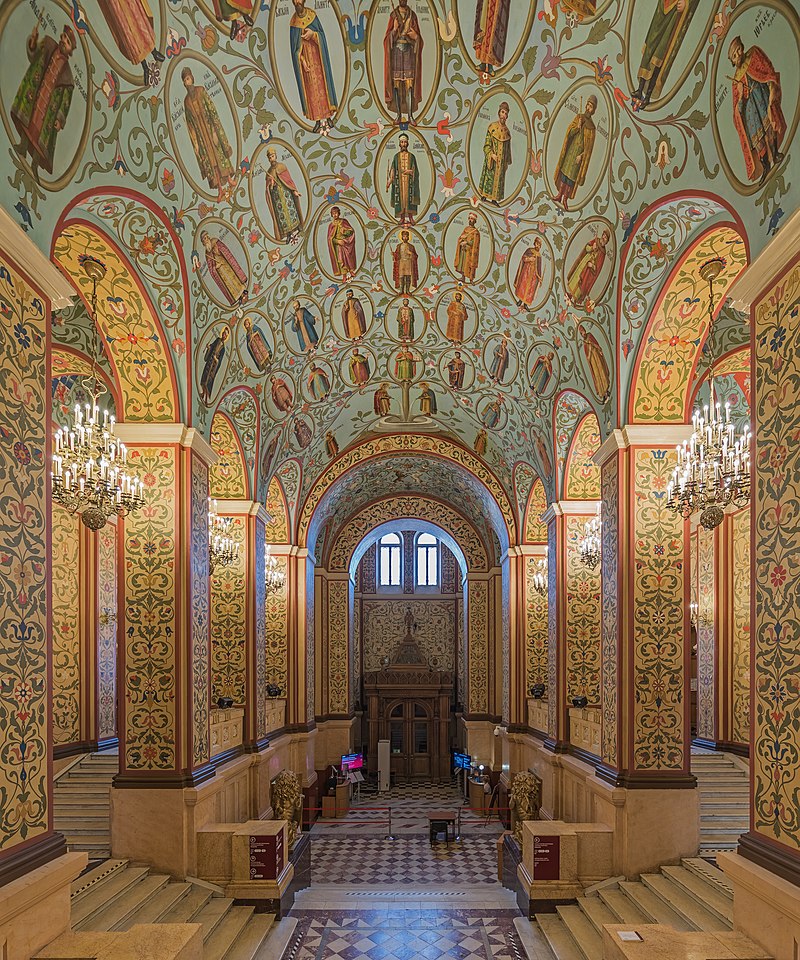
Not to be missed: Napoleon‘s sword, given to Count Shuvalov before his exile, the collection of nearly 1.7 million coins, Blaeu‘s globe, Vasnetsov‘s The Stone Age, and Semiradsky‘s Burial of a Rus in Bulgar and Sviatoslav in front of Dorostol.
The Louis Vuitton Foundation, Paris

The Louis Vuitton Foundation of Paris, located in the Jardin d’Acclimatation in the Bois de Boulogne, was inaugurated in October 2014. The project, led by LVMH Group Chairman Bernard Arnault, was conducted in collaboration with American architect Frank Gehry, who is behind the Walt Disney Concert Hall and the Guggenheim Museum in Bilbao. The architect wanted to “design a magnificent vessel for Paris that symbolizes the profound cultural vocation of France. With its eleven galleries, its cost, initially planned at 100 million euros, eventually rose to 800 million euros.
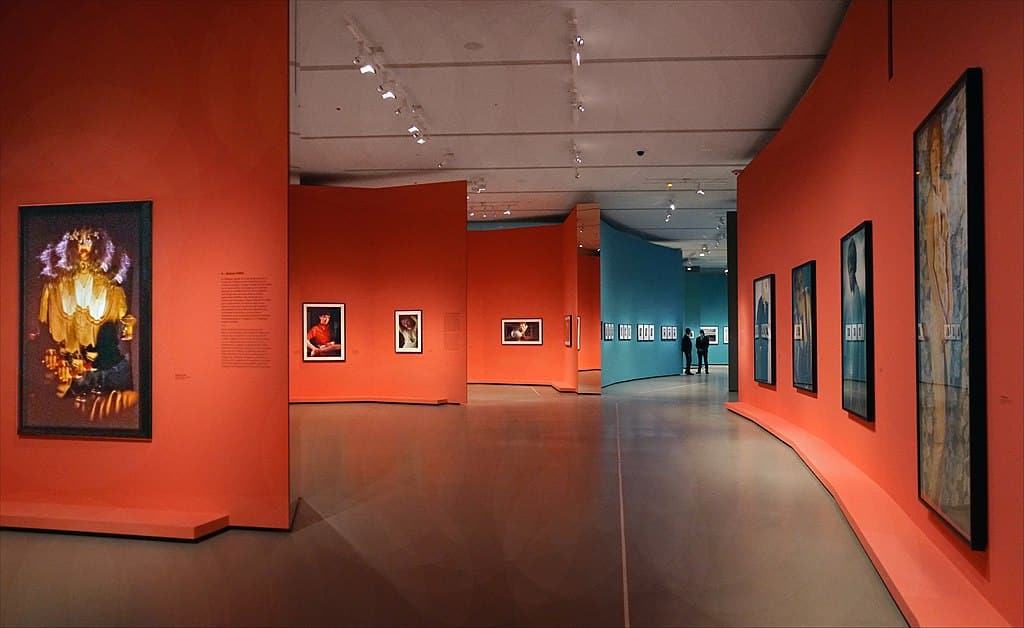
Don’t miss: The museum’s ephemeral exhibitions, such as the works of the Moma (from 2017 to 2018), and the Egon Schiele and Jean-Michel Basquiat exhibition from 2018 to 2019, as well as the permanent works, with artists such as Olafur Eliasson, Gerhard Richter, Bertrand Lavier, Christian Boltanski, Thomas Schütte and Pierre Huyghe.
Read also > THE 15 MOST BEAUTIFUL BEACHES IN EUROPE
Featured photo : © Getty Images




